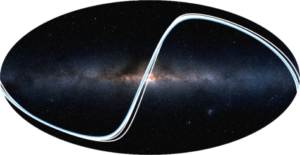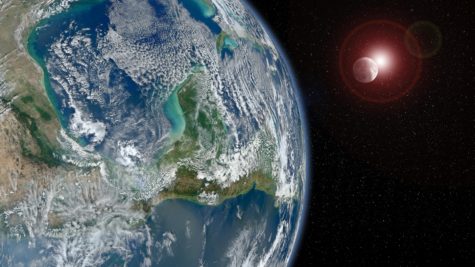BELFAST — When stuck on a problem, it’s often suggested to try approaching it from a different angle. A group of scientists from Queen’s University Belfast and the Max Planck Institute for Solar System Research did just that in a new study — as part of the search for alien life.
Usually, the hunt for extraterrestrial intelligence starts from our own perspective, looking out from Earth into the vastness of space. Reversing this, university researchers are imagining the perspective of a being looking out toward our planet.

To spot Earth, the astronomers say an alien observer would have the best luck when our planet is in transit, that is, when it passes in front of the sun making it stand out in silhouette.
“Larger planets would naturally block out more light as they pass in front of their star”, says study lead author Robert Wells of Queen’s University Belfast in a press release. “However the more important factor is actually how close the planet is to its parent star – since the terrestrial planets are much closer to the Sun than the gas giants, they’ll be more likely to be seen in transit.”
With Earth in transit as the end point of extraterrestrial gaze, the researchers needed locations that an alien would likely to be looking out from. As the result of years of work from observation programs like SuperWASP and Kepler, thousands of planets in solar systems outside of ours have been documented.
Despite the thousands of these “exoplanets” that have so far been discovered, the researchers found 68 worlds in which at least one planet from our solar system could be observed — but only nine that offer a view of Earth in transit. None of them are known to be habitable.
Nevertheless, the study authors said there are many planets yet to be discovered and their best estimates suggest that there are likely around 10 planets that can support life and offer a view of Earth in transit.
The researchers say they hope to soon have more information to work with, as the “ongoing K2 mission of NASA’s Kepler spacecraft is to continue to hunt for exoplanets in different regions of the sky for a few months at a time.” The team said some of these regions could contain habitable planets with a view of Earth in transit.
The study findings were published last month in the journal Monthly Notices of the Royal Astronomical Society.

Comments
Comments are closed.